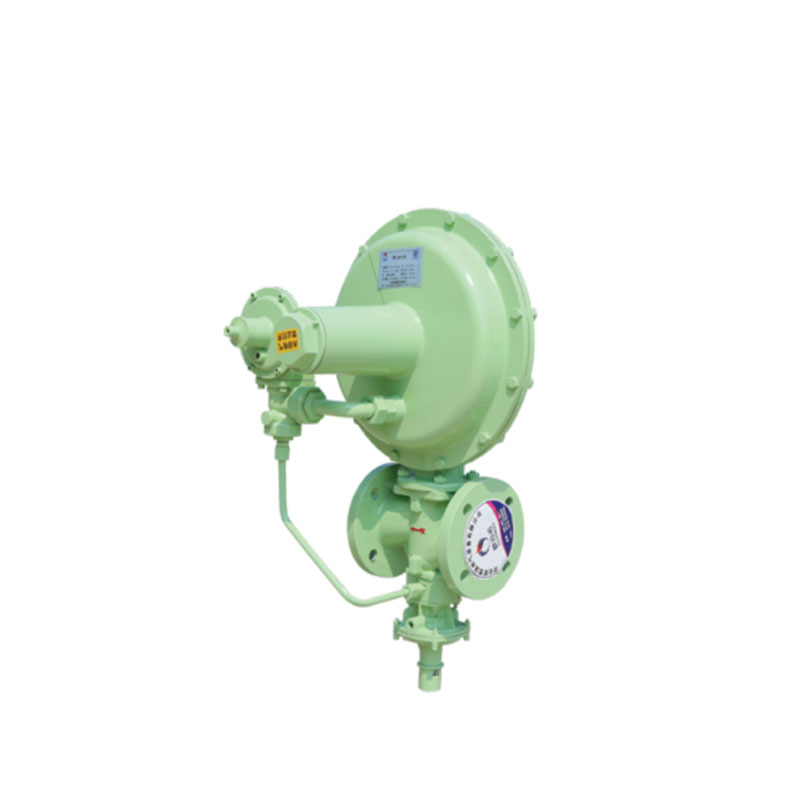
Nov . 12, 2024 12:46
Back to list
محطة تخفيض ضغط الغاز الطبيعي
Natural Gas Pressure Reduction Station An Overview
In the world of energy infrastructure, the significance of natural gas has grown immensely as a clean and efficient fuel source. A pivotal component in the distribution of natural gas is the Natural Gas Pressure Reduction Station (NGRS). These stations play a crucial role in ensuring that natural gas is delivered safely and efficiently to consumers, from residential homes to large industrial facilities. This article explores the function, design, and importance of NGRS in the natural gas supply chain.
What is a Natural Gas Pressure Reduction Station?
A Natural Gas Pressure Reduction Station is an installation designed to reduce the pressure of natural gas that arrives from high-pressure pipelines to lower pressure levels suitable for distribution to end-users. The natural gas supply network consists of various components, including high-pressure transmission pipelines, where gas is transported over long distances. When natural gas reaches a city or industrial area, pressure reduction stations are employed to lower the pressure to a level that can be safely used by consumers.
Functions of NGRS
1. Pressure Regulation The primary function of an NGRS is to adjust the pressure of the gas. High-pressure gas can cause damage to pipelines and appliances used in homes and industries. By using pressure-regulating valves, the station ensures that the gas is delivered at a safe pressure level.
2. Flow Control NGRS also regulates the flow of gas to match demand. This is particularly important during peak usage times, such as winter months when heating is in high demand. By controlling the flow, the stations help maintain a consistent and reliable supply of gas.
3. Odorization Natural gas is odorless, but for safety purposes, an odorant, typically mercaptan, is added at the NGRS. This makes any gas leaks detectable by smell, which enhances safety for the public.
4. Safety Features NGRS are equipped with various safety mechanisms, such as pressure relief valves and emergency shutdown systems, to prevent accidents and ensure safe operation. These features help mitigate the risks associated with high-pressure gas systems.
Design and Components
.
- Pressure Regulators These devices are essential for reducing the gas pressure. Multiple stages of regulation might be involved, depending on the initial pressure of the incoming gas.
محطة تخفيض ضغط الغاز الطبيعي

- Filter Systems To protect downstream equipment from debris and contaminants, filter systems are integrated into the design of NGRS. Clean gas is essential for the efficient operation of appliances and industrial processes.
- Metering Equipment Accurate measurement of gas flow and pressure is crucial for billing and operational efficiency. Metering systems are incorporated to monitor how much gas is being distributed.
- Housing and Physical Security Given the critical nature of these facilities, proper housing and security measures are implemented to protect the equipment and ensure the station's integrity.
Importance of NGRS
Natural Gas Pressure Reduction Stations are vital for the energy sector for several reasons
- Safety By ensuring gas is delivered at safe pressure levels, NGRS reduce the risk of explosions and damages to property.
- Reliability The ability to control flow and pressure ensures a constant energy supply, reducing the risks of outages that can disrupt services for residential and commercial users.
- Efficiency Proper regulation and the associated technology help optimize the use of natural gas, minimizing wastage and reducing operational costs for suppliers.
- Economic Impact A reliable natural gas supply, facilitated by NGRS, promotes economic development. Industries depend on consistent energy sources, and thus these stations play a key role in facilitating economic growth in regions served.
Conclusion
In conclusion, Natural Gas Pressure Reduction Stations are indispensable components of the natural gas supply chain. They ensure that gas is delivered safely, reliably, and efficiently to meet the demands of today's energy-hungry society. As the world increasingly turns to natural gas to meet its energy needs, the role of these stations will only continue to grow in importance. Understanding and maintaining the infrastructure behind natural gas distribution is crucial for ensuring a sustainable and secure energy future.
Next:
Latest news
-
Safety Valve Spring-Loaded Design Overpressure ProtectionNewsJul.25,2025
-
Precision Voltage Regulator AC5 Accuracy Grade PerformanceNewsJul.25,2025
-
Natural Gas Pressure Regulating Skid Industrial Pipeline ApplicationsNewsJul.25,2025
-
Natural Gas Filter Stainless Steel Mesh Element DesignNewsJul.25,2025
-
Gas Pressure Regulator Valve Direct-Acting Spring-Loaded DesignNewsJul.25,2025
-
Decompression Equipment Multi-Stage Heat Exchange System DesignNewsJul.25,2025

